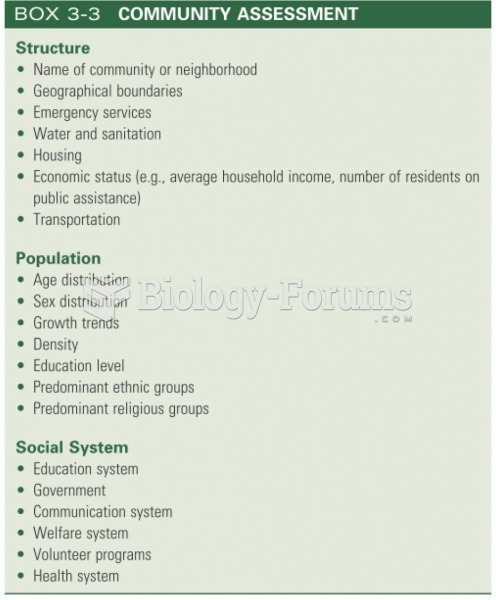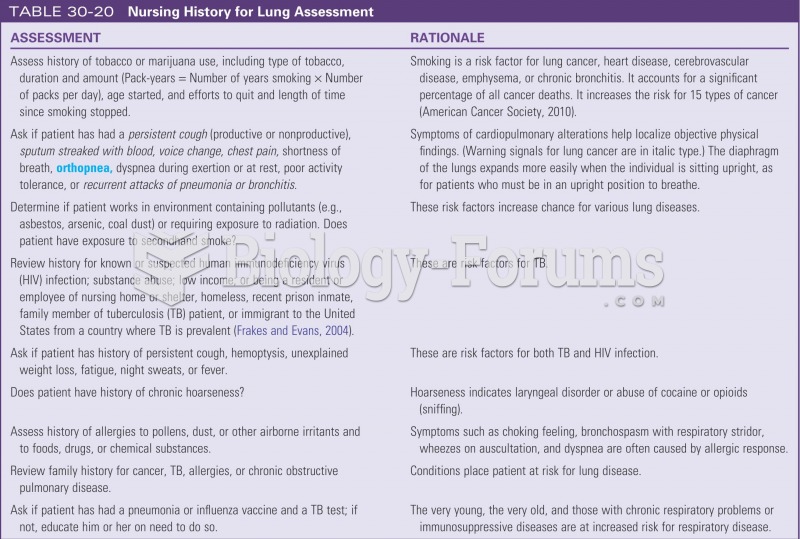Answer to Question 1
Answer: 2
Explanation: 2. A spiritual assessment assesses how the patient answers questions about the meaning of life and how satisfied he or she is with those answers. Spirituality is broad term that describes how individuals answer questions about the meaning of life, while religion is a term used to describe formal faith-based practices and beliefs. While spirituality and religion may be similar to some individuals, these terms are different and the spirituality assessment focuses primarily on the patient's spirituality as a whole, not simply his or her religion. Spirituality is broad and informal, not formal. Also, this assessment does not necessarily relate the patient's symptoms to his or her own spirituality. This assessment is not performed by a series of standardized questions but, rather, by the nurse using both closed and open-ended questions, as well as therapeutic communication.
Answer to Question 2
Answer: 1, 3, 4
Explanation: The initial assessment of a patient's spirituality usually begins on admission and involves basic questions about a patient's spiritual or religious practices and what, if any, assistance the patient needs in following them. This primarily involves closed questions, such as: Do you have a religious preference?; Are there any spiritual or religious practices that are important to you?; Would you like me to contact your clergy member or religious leader? The other questions are open-ended questions and would not be asked by the nurse during the initial assessment of the patient's spirituality. The nurse will ask these open-ended questions the nurse-patient therapeutic relationship has been established, after the initial assessment.







